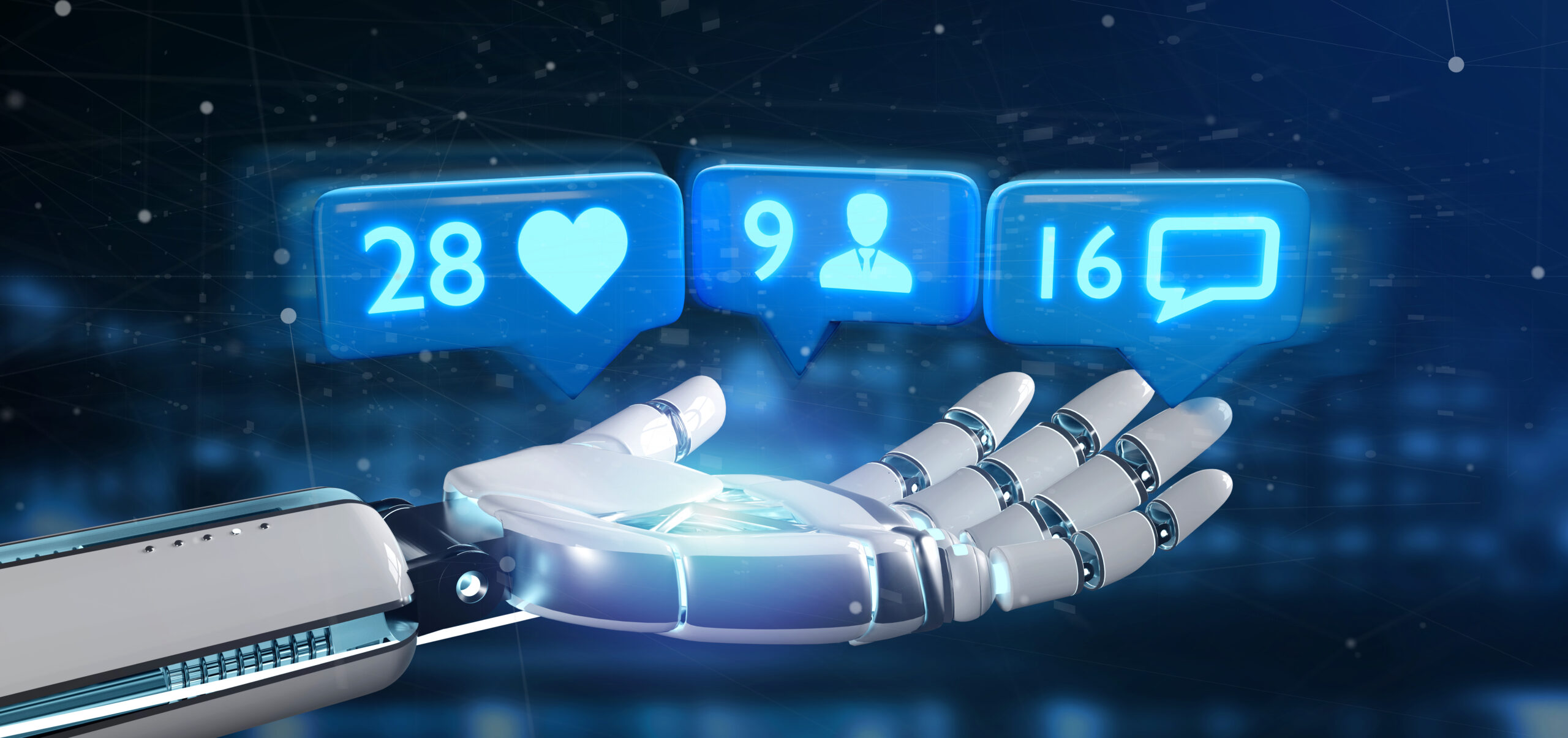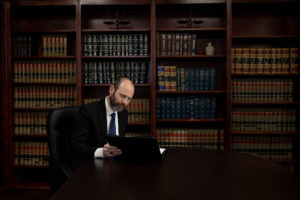What the Patent Bar is Saying About the USPTO’s Call for Comments on AI Inventorship
The U.S. Patent and Trademark Office’s (USPTO’s) announcement early last week that it is requesting public comments on artificial intelligence (AI) and inventorship indicates that changes may eventually be implemented with respect to how the Office considers inventions created, or partially created, by AI machines. The Office is asking for input on 11 questions, including “how does the use of an AI system [in the invention process]…differ from the use of other technical tools”; whether AI inventions may be patentable under current patent laws on joint inventorship; and if statutory or regulatory changes should be made to better address AI contributions to inventions.
Following publication of the Federal Register Notice, a number of readers reached out with their thoughts on whether the USPTO is asking the right questions and what the future of AI-inventorship holds. Here is what they had to say.
Professor Ryan Abbott , University of Surrey School of Law and Brown, Neri, Smith & Khan LLP (representing Stephen Thaler)
, University of Surrey School of Law and Brown, Neri, Smith & Khan LLP (representing Stephen Thaler)
“I’m very encouraged by the questions they are asking and think they are addressing important issues related to AI-assisted inventions and situations in which both people and machines are making inventive contributions. I think they might also take another look at instances of AI-generated inventions without direct human conception of an invention given the length of time that has passed since the last RFC in light of continued advances in AI.”
Arpita Bhattacharyya and Frank DeCosta
“The PTO’s call for comments is an important next step in determining the legal contours surrounding the protection of AI-based IP. The [U.S. Court of Appeals for the Federal Circuit’s] CAFC’s Thaler decision establishes a bright-line test providing clarity on the front end of the patenting process, but many unanswered questions remain, including those raised by the PTO. The PTO’s call for comments appears to recognize Thaler’s limitations in being able to address the many complex issues surrounding the protection of AI IP.
The record in Thaler was such that the court was able to resolve a pure question of law. That is because the applicant was declared to be AI. The more complex question that the court did not have to confront in this case is what level of reliance on AI in the invention process would deprive a human from having standing to claim inventorship?
Several of the questions posed for comment get at procedural issues regarding what can the PTO do to address the boundaries between human and artificial contributions to inventorship on the record before the PTO during patent prosecution and, in areas where the PTO has authority to act, what should the PTO do in view of the feedback received from the public.
George Summerfield
“The Patent Statute precludes a machine being named even as a patent co-inventor inventor. The Patent Statute defines “inventor” as “the individual or, if a joint invention, the individuals collectively who invented or discovered the subject matter of the invention.” 35 U.S.C. § 100(f). As the Director recognizes, the ordinary meaning of “individual” is a human being.
Separately, section 101 provides that, “[w]hoever invents or discovers any new and useful process, machine, manufacture, or composition of matter, or any new and useful improvement thereof, may obtain a patent therefor.” “Whoever” is defined as including “corporations, companies, associations, firms, partnerships, societies, and joint stock companies, as well as individuals.” 1 U.S.C. § 1. Thus, neither section 100(f) nor section 101 contemplates a machine as a co-inventor.
A machine as a co-inventor is also inconsistent with the requirement of an inventor’s oath. See 35 U.S.C. §§ 115 & 116. It is also inconsistent with the duty of candor embodies in 37 C.F.R. § 56.
These provisions are merely representative. In other words, to allow for a machine to be identified as a co-inventor would require substantially overhauling the statutory and regulatory provisions pertaining to patents.”
David Sanker
The “Request for Comments Regarding Artificial Intelligence and Inventorship” by the USPTO is an important step to address the issue that AI systems have an increasing role in the inventive process. The Request will almost certainly prompt useful feedback from the public. However, the Request, or a future version of the Request, could improve in a couple of ways.
First, the focus on policy questions leads to omitting some key practical questions. For example, patents in the United States require assignments and declarations, but an AI system cannot sign such documents. Further, the focus solely on the USPTO overlooks the key issue that patent portfolios are global, with patent applications in one country claiming priority to patent applications in other countries. If countries are not in agreement about AI inventors, there is a significant problem.
Second, the USPTO is constrained by patent laws and judicial decisions about those laws. Some of the questions posed in the Request suggest that the USPTO has greater latitude to interpret or create law regarding AI than it actually has.
Dina Blikshteyn
With AI playing a significant role in the invention process, it is nice to see the USPTO taking a proactive approach in considering whether the current law can provide sufficient protection for AI inventions. Today, AI inventions, such as those created by DABUS, have great notoriety but trivial economic value. As AI becomes more sophisticated, AI has potential to create or contribute to creating inventions that have significant economic value, particularly in the fields involving drug discovery, personalized medicine, or chip design. When AI inventions have significant economic value, AI owners and/or co-inventors will be more incentivized to innovate and seek protections for their inventions. By requesting comments on the state of AI technology and questioning whether human co-inventors can obtain patent protection when AI makes a significant contribution, the USPTO appears to recognize that the current legal framework may be insufficient. Taking action now is a step toward providing certainty for inventors, companies, and AI owners regarding whether AI inventions will ultimately be patentable. It is also a step toward initiating discussions for a statutory mechanism that can potentially transfer patent ownership of AI inventions to human co-inventors, applicants, or AI owners.
Blair Jacobs
Earlier this week the USPTO released a Request for Comments on AI inventorship. There is little doubt that as AI technology improves, advancement in machine learning systems will become advanced enough to generate new inventions. Indeed, it is not hard to envision scenarios where AI evolves past its initial programming and develops a patentable unpredictable result, method, or technique. Supercomputers such as Tesla’s Dojo provide vast assistance as they can process mountains of information and implement real-time modifications. While current U.S. law is clear that only human beings can be named as inventors, it is becoming more apparent that either legislative or judicial assistance is necessary to keep up with the rapid technological ascent of AI in the innovation process. The USPTO has been exploring the issue of AI inventions since at least 2019 and this new initiative should be applauded. The PTO undoubtedly plays an important role in incentivizing and protecting innovation, including innovation enabled by artificial intelligence (AI), to ensure continued U.S. leadership in emerging technologies. There may be no more important emerging technology than AI given its incredibly broad and potentially useful applicability.








